Search
Remove Ads
Advertisement
Search Results
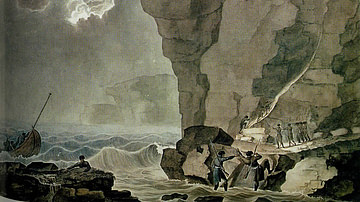
Image
Cadoudal and the Royalist Conspirators Land Beneath the Cliffs of Biville
Royalist leader Georges Cadoudal and his fellow conspirators land beneath the cliffs of Biville, Normandy during the night of 21 August 1803 as the first step in their plan to assassinate Napoleon Bonaparte and bring about a Bourbon Restoration...

Image
HMS Gaspee
HMS Gaspee, a Royal Navy schooner that was seized and burned by American colonists on 10 June 1772, in the leadup to the American Revolutionary War (1775-1783), a 19th-century sketch by S. G. Studley, 1892.
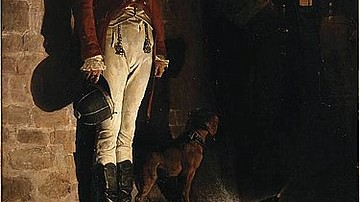
Image
Execution of the Duke of Enghien
The execution of Louis Antoine de Bourbon, Duke of Enghien on 21 March 1804, by firing squad. Enghien's controversial execution turned much of Europe's aristocracy against Napoleon and served as a catalyst for the War of the Third Coalition...
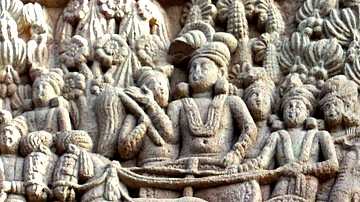
Definition
Ashoka the Great
Ashoka the Great (r. 268-232 BCE) was the third king of the Mauryan Empire (322-185 BCE) best known for his renunciation of war, development of the concept of dhamma (pious social conduct), and promotion of Buddhism as well as his effective...

Definition
King David
According to biblical tradition (and some say myth), David (c. 1035-970 BCE) was the second king in the ancient United Kingdom of Israel who helped establish the eternal throne of God. A former shepherd, David was renowned for his passion...
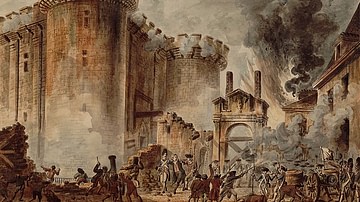
Definition
Storming of the Bastille
The Storming of the Bastille was a decisive moment in the early months of the French Revolution (1789-1799). On 14 July 1789, the Bastille, a fortress and political prison symbolizing the oppressiveness of France’s Ancien Régime was attacked...
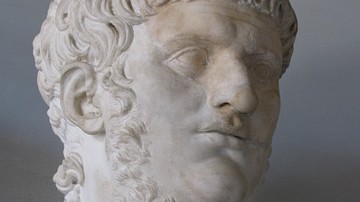
Definition
Nero
Nero was Roman emperor from 54 to 68 CE. The last of the Julio-Claudian emperors to rule the Roman Empire, his 14-year reign represents everything decadent about that period in Roman history. He was self-indulgent, cruel, and violent as well...
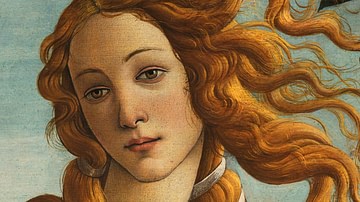
Definition
Venus
In Roman mythology, Venus was the goddess of love, sex, beauty, and fertility. She was the Roman counterpart to the Greek goddess Aphrodite. However, Roman Venus had many abilities beyond the Greek Aphrodite; she was a goddess of victory...
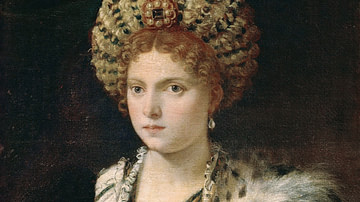
Definition
Isabella d'Este
Isabella d’Este (l. 1474-1539), was the leading lady of Renaissance Italy who funded the works of such renowned artists as Leonardo da Vinci and Michelangelo. Many of the greatest Renaissance artworks would not exist today if not for the...

Definition
Xerxes I
Xerxes I (l. 519-465, r. 486-465 BCE), also known as Xerxes the Great, was the king of the Persian Achaemenid Empire. His official title was Shahanshah which, though usually translated as `emperor', actually means `king of kings'. He is identified...